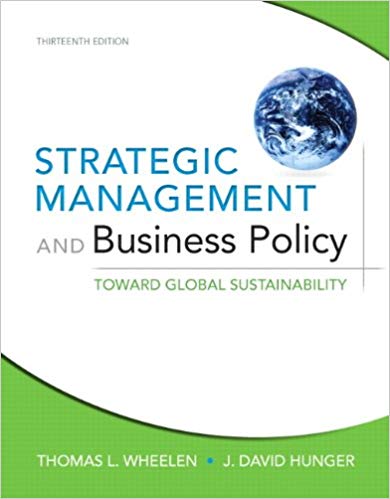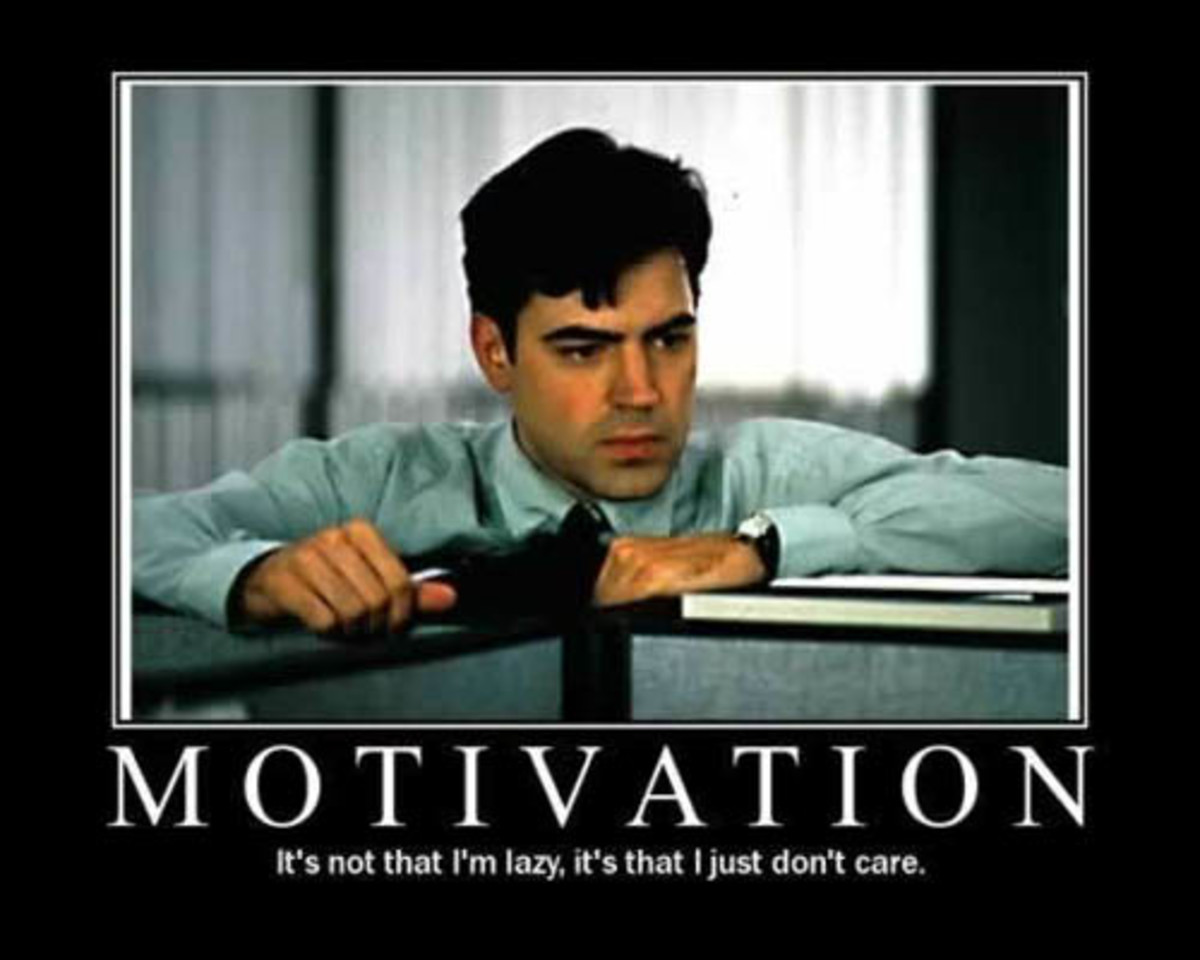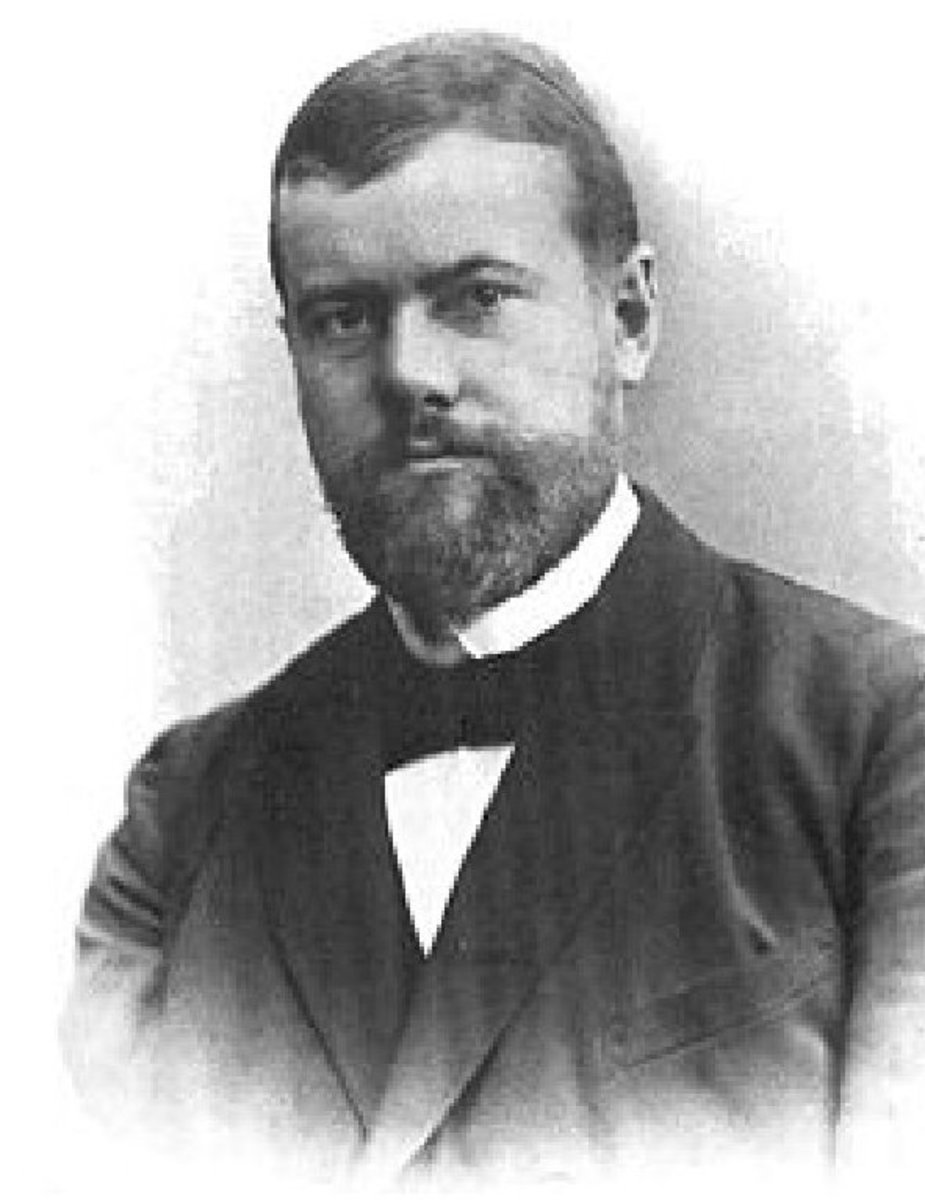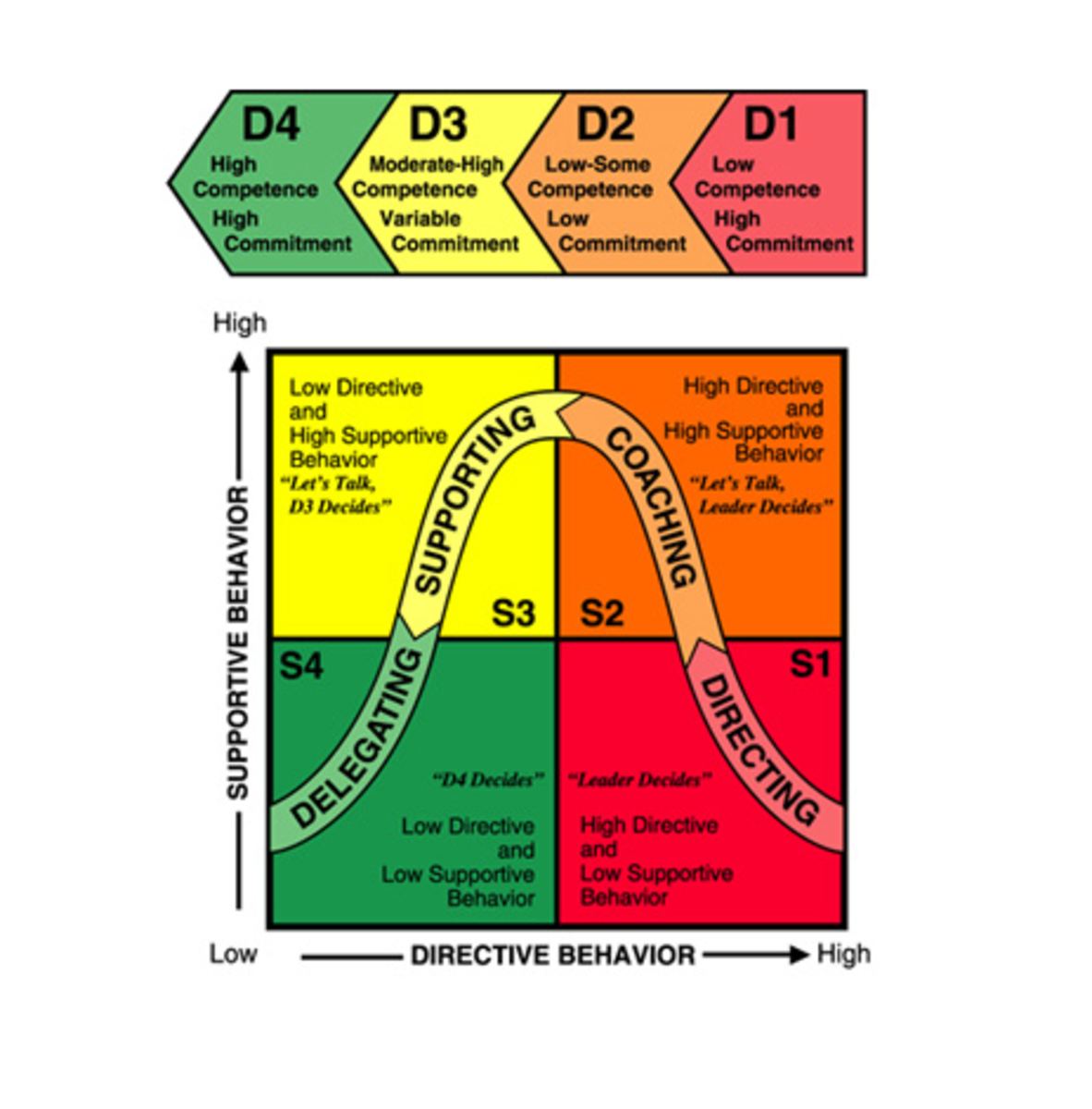A Discussion on Management

A Discussion on Management
Strategic Management Process
The strategic management process based on Hunger and Wheelen’s study includes looking into the company’s current standing, and internal and external factors and analyzing these elements to come up with the best strategies for implementation. Then, the implemented strategies will also be under scrutiny for the company to realize if these strategies worked to fulfill their set goals or objectives. The first step calls for the assessment of the present performance output of the organization such as the profits and ROI vis-a-vis their mission and objectives. The second step is all about the evaluation of the corporate governance of the business entity which means delving into the performance of the top people in the organizational chart. The third step requires getting in touch with the external environment in order to realize the opportunities to optimize and threats to do away with while the fourth step deals with analyzing the company’s internal factors, strengths, and weaknesses. Moreover, the fifth step demands the analysis of the gathered assessment of the internal and external factors (SWOT which will lead to the company being able to identify the key areas causing the issues. After determining the problem areas, this will be tied up to the analysis of the company mission and objectives. The sixth step is the initial stage in laying out the solutions after the analytical steps, formulating and choosing the best strategies from the analysis. Then, the seventh step relates to all the actions needed to bring the strategies to life namely the established programs, the required budgets to roll out the said programs, and the procedures for executing these programs. After the implementation comes to the last and eighth step which delves into the evaluation or assessment of the effectiveness of the implemented strategies (Hunger and Wheelen, 27-29). The step-by-step process is an interconnected cycle of actions that should follow a chronological order to be truly effective.
The seven tools usually used for SWOT are the following items. The first tool is the supply chain management - value-added - lean management commonly used for the ideation and development of products. The second tool is Porter’s Generic Strategies utilized in coming up with solutions to problem areas of the business. The third tool is Porter’s Five Forces which is effective in assessing external factors. The fourth tool is the Product Life Cycle (PLC) and Diffusion of Innovation Curves which once again is targeting the internal factors specifically the products. The fifth tool is the Product/Market (P/M) Expansion Grid or Ansoff Grid which tackles the performance of the products in one’s market, more usually effective in assessing if there is a need to expand into newer market areas. The sixth tool is the Balanced Score Card used by the Board of Directors and Top Management in formulating their strategic action plans. The seventh tool is the GE and BCG Matrices commonly used for portfolio analysis.
Seven Tools and SWOT
Supply Chain Management is the path deemed most efficient for products to reach the intended user with value-added thinking reiterating that with each step in the distribution, there should be an added value for the user. Whilst, lean management is the process wherein the company checks the inefficiencies that may happen in the production up to the distribution process, making the workforce more productive in their activities, eliminating delays, time constraints, and errors leading to rework.
Porter’s Generic Strategies are utilized for companies to have a competitive advantage over their business rivals namely cost leadership, differentiation, cost focus, and differentiation focus (Mindtools). Porter’s Five Forces is the tool to fully fathom the competitiveness of a company’s business environment with the purpose of determining the profitability of one’s strategy (Mindtools). The Product Life Cycle (PLC) is the reflection of the curves of a specific industry which are sales and profits whilst the Diffusion of Innovation Curves pertain to the people purchasing in that industry. The Product/Market (P/M) Expansion Grid or Ansoff Grid is for the decisions of the company regarding the placement of its products in a specific market. The Balanced Score Card is used for the company’s health check of its finances against its current mission and objectives. The BCG investigates the company’s business units along with the business shares and growth rate whereas the GE delves into the more lasting performance and standing of the business units. SWOT is very essential in checking the strengths, weaknesses, opportunities, and threats of a company. When a company truly understands these four factors, they are on a better path for more effective and solution-driven strategies.
Corporate Governance
Corporate Governance is all about the leadership element of a company with the leaders having these three main roles: providing direction, creating and fostering culture, and attaining the apt resources. The chief executive acts as the person who owns the prime authority in decision-making with him answering to the board of directors. The board of directors is the people who have financial investments or commitments to the corporation such as the stockholders and owners. A company culture pertains to the priorities of the group and inspires their activities. The priorities of the company are to ensure happy customers which in turn satisfies the employees, owners, and the community it belongs to. In order to retain loyal customers, the recruitment of employees must be spot on with the HR programs geared towards effective onboarding and training. There should be great products anchored by customer feedback and employee satisfaction must be ascertained. The loyalty of the employees should also be something to invest in in the same vein that the satisfaction of the customers must be assured. The last step will be assuring the loyalty of the customers. Samsung’s Lee changed the management style of the company, empowering the staff to highlight errors to their superiors. Lee also stressed the importance of the quality of products over the volume of products made.
Jack Welch of GE vs. Marissa Mayer of Yahoo
Marissa Mayer was given the daunting task to turn things around at Yahoo, but many say that she failed in her undertaking. Mayer lost the support and loyalty of her employees when she pertained to her workforce as a mere headcount, capitalizing on a select few employees to help her attain the company goals. The threat of layoffs and employees being divided into buckets based on performance made the environment thrive on pressure and uncertainty (Wagner, 2016). It was said that Mayer had the vision, but she did not appeal strongly to her company’s people, one woman or man is not enough to save a brand. This leadership style is miles away from Jack Welch’s brand of leadership. He provides ultimate direction to his employees with the agenda of spurring and nurturing his people’s growth. Leaders invest hugely in people's development, giving them opportunities for higher learning and better career opportunities and enhancing their confidence and self-value. Jack Welch sees to it that his employees not only know the company vision, but they work according to that vision. Jack Welch exemplified positive attributes to the workforce, bursting with optimism and grounded with values of transparency and integrity, giving credit to whom it is due (Severson, 2017). These practices made Jack Welch earn the trust and loyalty of the GE employees which made them unified in their pursuit of company success.
References
Wheelen, T. & Hunger, D. (2012). Strategic Management and Business Policy Toward Global Sustainability. New Jersey: Pearson.
Mind Tools Content Team (n.d.). Porter’s Five Forces. Mind Tools.com. Retrieved from https://www.mindtools.com/pages/article/newTMC_08.htm
Mind Tools Content Team (n.d.). Porter’s Generic Strategies. Mind Tools.com. Retrieved
from https://www.mindtools.com/pages/article/newSTR_82.htm
Severson, D. (2017). The 8 Rules of Leadership by Jack Welch. Inc.com. Retrieved https://www.inc.com/dana-severson/these-8-simple-rules-of-leadership-from-jack-welch-are-more-important-now-than-ever-before.html
Wagner, R. (2016). The Seven Lessons of Marissa Mayer’s Loss of Command at Yahoo. Forbes.com. Retrieved https://www.forbes.com/sites/roddwagner/2016/03/08/the-seven-lessons-of-marissa-mayers-loss-of-command-at-yahoo/#469f64b721dc









